By Sumner Brown
In 2010, the Environmental Protection Agency released a draft of stormwater regulations which would impose new and difficult requirements on towns. They are stringent enough that I wonder if any town with a development history similar to Belmont’s could meet them
On September 10, The Belmont Citizens Forum hosted a stormwater forum titled “Water Trouble” featuring panelists familiar with the proposed regulations. They were Ralph Jones, managing director of Cadmus consultants; Wayne Chouinard, Arlington town engineer, and Matthew Shuman, Watertown town engineer; Julie Dyer Wood, director of projects at the Charles River Watershed Association; Patrick Herron, deputy director of the Mystic River Watershed Association; and John C. Swallow, founder of Environmental Sciences, Pine & Swallow Environmental.
The new regulations are rumored to become law next year. But of all the panelists, only Ralph Jones talked directly about the implications of the coming EPA regulations.
Ralph Jones, former Belmont Selectman, is an environmental engineer. Jones said that Belmont needs to completely rebuild its sanitary sewer system because sewage leaks out of old, broken sewer pipes, polluting stormwater. Both the sewer lines that run under most Belmont roads and the laterals that run from individual houses to the street sewer lines need repair. Belmont has about 78 miles of street sewer lines, but there may be more miles of laterals than of sewer lines.
Most of the pipes can be fixed by relining with cure-in-place epoxy technology that can be applied via existing manholes, so no excavation is needed (see “How do Sewers Get Relined?” Belmont Citizens Forum Newsletter, July/August 2007.) Smaller pipes cost about $250,000 per mile to reline, and larger pipes cost more. Some pipes have already been relined, but there are many more to go.
Fixing our sewer pipes will cost tens of millions of dollars. If the town were to finance this sewer work the same way we finance roads or schools, we would need to have Town Meeting approve borrowing, and we would need a tax override to pay the principal and interest. However, the town pays for water and sewer service with a self-financing Enterprise Fund which can borrow money without Town Meeting approval. This approach would protect the town’s credit rating. The costs would be paid by increasing water rates instead of taxes. It is still our money, and it is still expensive, but we could avoid politicizing stormwater management.
Wayne Chouinard, Arlington town engineer, and Matthew Shuman, Watertown town engineer, both know the challenges of old water infrastructure. Shuman described Watertown’s phosphorus problem. Watertown’s stormwater drains into the Charles River, as does water in Belmont’s Beaver Brook. The new EPA stormwater regulations will contain phosphorus limits for any water that goes into the Charles.
Shuman also described how the water in culverted streams smells like sewage when it emerges from the culvert. This is certainly the case with Wellington Brook at Common Street. (See “Daylighting Streams Improves Water, Life,” Belmont Citizens Forum Newsletter, May/June 2013.)
Julie Dyer Wood, Director of Projects at the Charles River Watershed Association, agreed that culverted streams are sick and crippled, unable to smooth flows, ease flooding during storms, or sustain flow during dry weather the way natural streams do. Boston’s ongoing Muddy River Restoration Project is a “daylighting” project, uncovering a formerly-culverted stream that is also Charles River tributary. The Muddy River was placed in a culvert to make a parking lot for the former Sears store near Fenway Park in the 1950’s.
Both Wood and Patrick Herron described how rain gardens can improve water quality and provide visual appeal. The Mystic River Watershed Association and the Belmont Stormwater Working Group have identified potential rain garden locations at Belmont High School and the Belmont Library to help with the parking lot stormwater runoff.
The sixth panelist was John C. Swallow, an urban soil infiltration consultant. Swallow specializes in technical aspects of landscape design, managing stormwater for containment and infiltration. Rain gardens and bio-infiltration swales are commonly used to control stormwater. Swallow clearly showed his engineering perspective at the forum. He pointed out that anything we build will break, and the designer should think through that part of the life cycle. His studies, and those of others, find that rain gardens are very effective at managing stormwater, and retain 90% of the water that enters them. However, porous pavements are not as useful as you may imagine. They lose their porosity if not properly maintained by regular vacuuming, because the suspended solids in stormwater will clog them. Perhaps the less-engineered approach is best.
Thanks To Our Corporate Sponsors and Community Cosponsors
We’d like to thank our Corporate Sponsors for supporting this event:
Our community cosponsors include:
Arlington Land Trust, Arlington Tree Committee, Belmont Stormwater Working Group, Coalition to Save the Mugar Wetlands, Friends of Spy Pond Park, Mystic River Watershed Association, Sustainable Arlington, Sustainable Belmont, Sustainable Watertown, Trees for Watertown, Watertown Citizens for Peace, Justice, and the Environment. Some of these organizations will have educational tables at the Stormwater Forum.
For more information, see the Stormwater tab on the Belmont Citizens Forum web site.
Sumner Brown is a Director of the Bemont Citizens Forum.

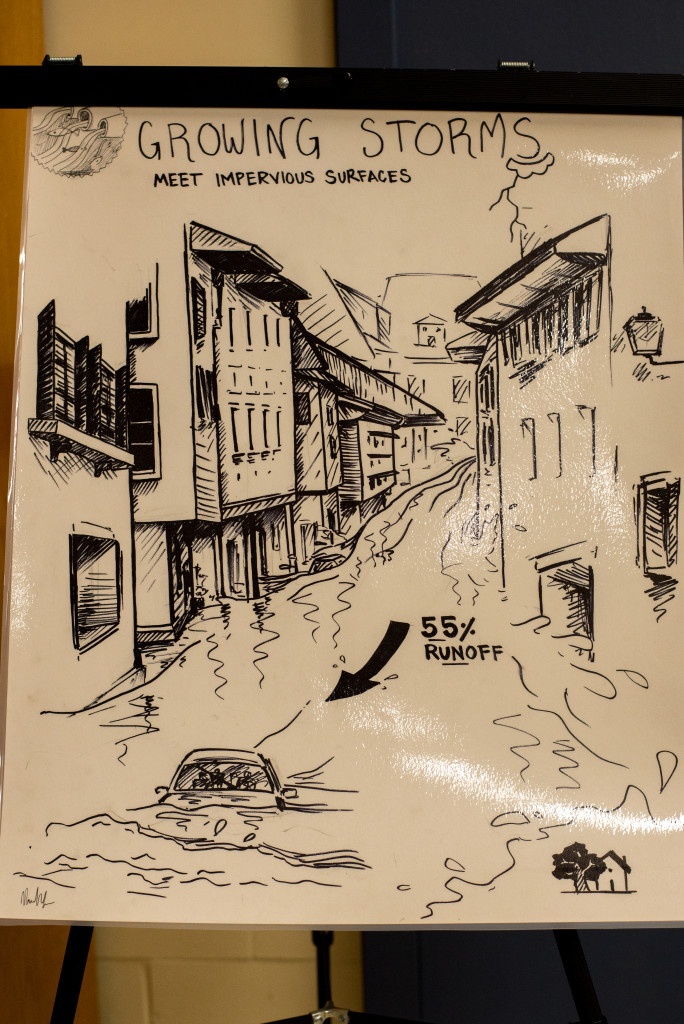
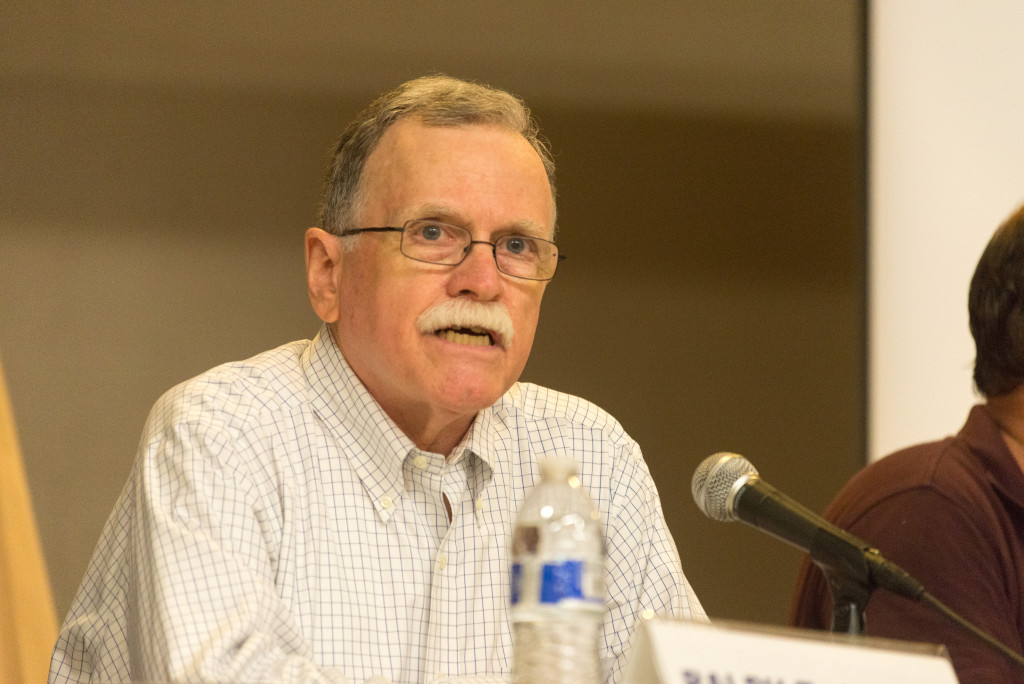
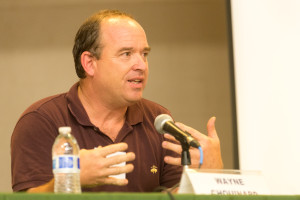
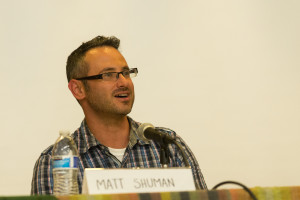
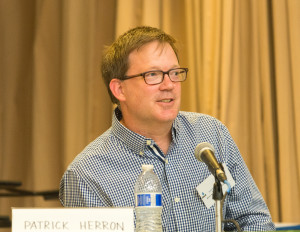

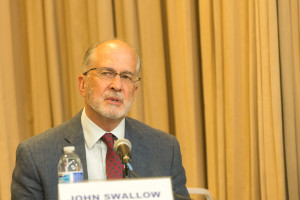


Sorry, the comment form is closed at this time.